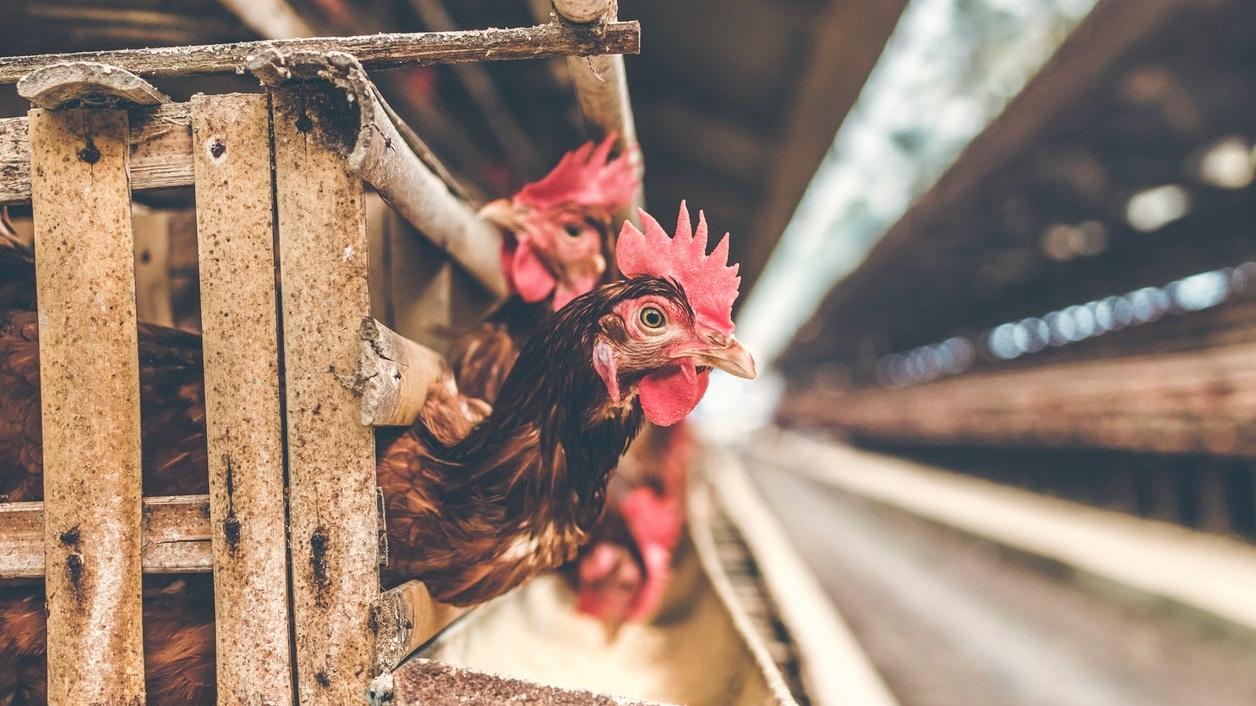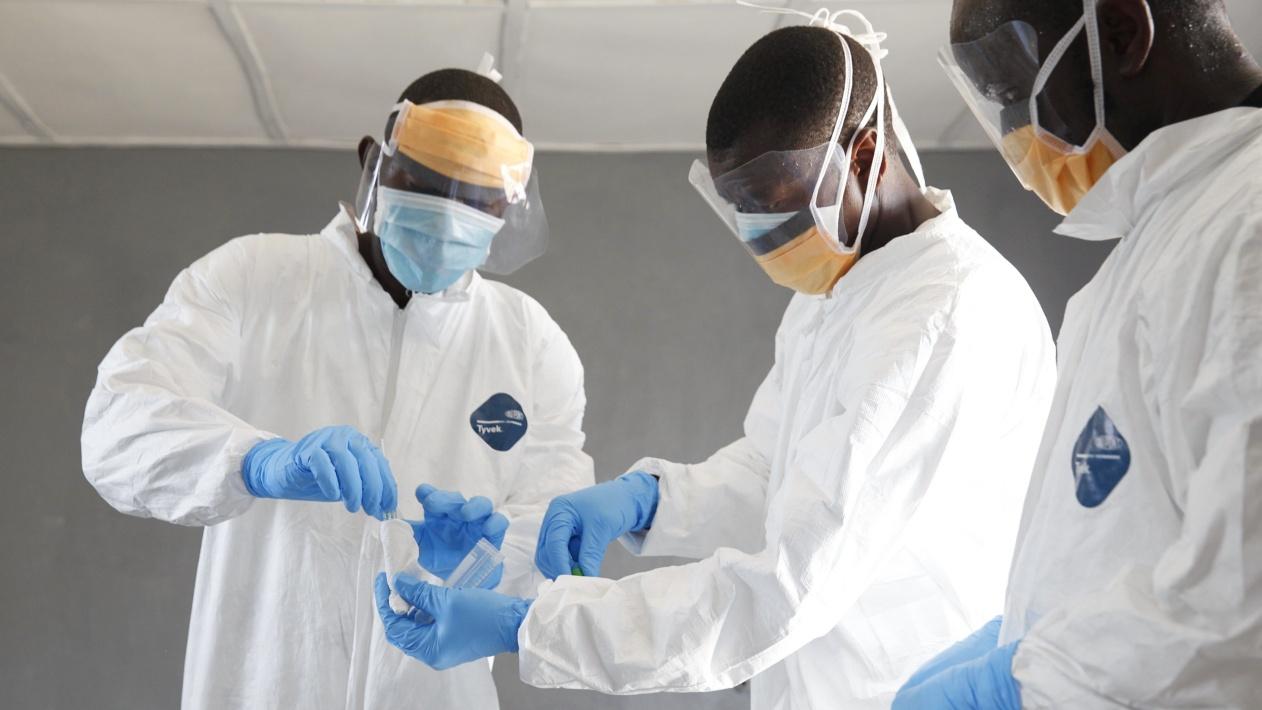Diseases transmitted from animals to humans in Africa have significant social and economic impacts. Attempts to reduce poverty and guarantee better health and welfare should encompass their mitigation. A “One Health” approach emphasises the links between animal, human and environmental health to reduce zoonotic disease transmission. But what is a One Health approach, and what practices does it advocate?
This article is part of the series “Rethinking zoonoses, the environment and epidemics in Africa”, which examines the effect of changing relationships between human, animal and environmental health on epidemic risk.
The occurrence of zoonoses – diseases naturally transmitted between animals and humans – is influenced by a range of factors. These include the climate, population expansion, agro-ecological changes and increases in the intensity of interactions between animals and people in both agricultural settings and the natural settings of wildlife. Consequently, over 200 types of zoonoses are recorded to have emerged and re-emerged globally. In Africa, the burden of zoonoses is increasing, with successive epidemics and pandemics impacting the livelihood, economy and welfare of its people.
A “One Health” approach to preventing, mitigating and controlling zoonoses aims to reduce poverty, overcome hunger and guarantee better health and welfare – canvassed by the United Nations Sustainable Development Goals. But what is it?
One Health approaches in Africa
The causative agents of zoonoses “spillover” from animals to infect humans, often transmitted through food, water and exposure in the environment. Data has shown that 60% of infectious diseases affecting humans, such as Lassa fever, monkey pox, influenza, Anthrax, Tuberculosis, Brucellosis and Ebola, have their origins in animals. About 75% of animal diseases can be transmitted to humans, 80% of bioterrorism agents are pathogens of animal origin, and about 2.2 million people die each year from zoonotic disease outbreaks outside pandemics.
Recognising the frequent origins of human infectious diseases, and how they are transmitted to humans in the first place, One Health approaches consider interactions at the human-animal-environment interface as integral to positive health outcomes.
New approaches to promoting health are needed in Africa, which accounts for a significant proportion of the global burden of infectious diseases and zoonoses, partly due to socioeconomic inequalities, inadequate services and deficient infrastructure for zoonotic disease management. These inequalities are reflected in the disproportionate distribution of zoonotic and other infectious diseases in Africa compared to developed economies.
In the global mapping of zoonotic disease hotspots, of particular concern are the West, Central and East African countries. Over 260 epidemics of infectious disease were recorded in Africa between 2016 and 2018, many of which are zoonotic and became public health disasters, and over 30 new human pathogens originating from animals have been detected within three decades.
In these countries, the major drivers of zoonoses are population density, urbanisation (increasing peri-urban farming) and shifting natural ecologies. During the twentieth century, the sub-Saharan African population increased from about 100 million to 1 billion. Nigeria alone now boasts of 216 million people in 2022, ranked 7th in global population and projected to be 3rd behind China and India by 2050. As the human population increases, so does the demand for food, including animal production, with its accompanying concerns about food safety and human-animal interactions, influencing the emergence and endemicity of zoonoses. This includes occupational exposure to Influenza, CCHF, MERS-CoV, Brucellosis and Bovine tuberculosis, and safety risks along the food value chain for pathogens like salmonella, E. Coli and Hepatitis E. Peri-urban agriculture and intensive farming have also been shown to increase the use of antibiotics and contribute to antimicrobial resistant organisms that can be transmitted to humans.
To effectively control zoonoses in humans, there is a need for deliberate and sustained agriculture and ecosystem practices that are pro-One Health to prevent, mitigate and control zoonoses. Not only do zoonoses impact the economy, but they cause disruptions in agricultural productivity and the international trade of agricultural products itself.
Considering climate and the environment
Climatic changes have had profound effects on the emergence of pathogens transmitted by insects (arthropod-borne). Flooding leads to a higher abundance of mosquitoes and diseases such as leptospirosis from animal wastes spread in water.
To control zoonoses, contact between the source (animals) and the cause (environment) cannot be avoided. It is hard for human behaviour not to affect, or destroy, animal habitats and ecology. But a One Health approach acknowledges that humans’ survival is dependent on the welfare of animals and plants for sustenance. Safe, sustainable farming system are therefore needed, which take proactive, preventative and occupational health policies, including biosecurity and vaccination.
Surveillance and detection
Controlling zoonoses requires early perception/detection before it becomes a major problem and, consequently, more difficult to control. While prevention is still the first line of defence against zoonoses and other infectious diseases, systematic and sentinel surveillance at the animal-human interface can support the early detection of novel and re-emerging pathogens. But there are few sustainable or One Health-focused surveillance systems in most African countries. Infrastructures for sensitive and rapid diagnostics, including advance molecular techniques for early detection of infections, is lacking or limited. In many cases, the tools are too expensive for state level laboratories, while the few central laboratories with capacity are based in central administrative national locations, too far to serve desired early warnings of an emerging pathogen at the community and village level. Often when a zoonotic disease is reported, infection is likely to have already spread further from the origin.
Instead, a far-reaching system of early warning is needed through deployment of sensitive diagnostics techniques to support diseases surveillance, data sharing and risk communication by agencies and governments.
There are effective vaccines for some zoonoses, such as rabies, that are 100% fatal when transmitted to humans, which are preventable by vaccination. This is a practical demonstration of how One Health works: rabies vaccination in dogs would tremendously reduce animal-to-human transmission of the virus. The WHO has recommended 70% vaccination coverage in dogs to achieve rabies elimination by 2030, but only few countries in Africa can boast up to 50% dog rabies vaccination coverage by 2021. This low vaccine coverage is compounded by issues of responsible dog ownership, access to vaccines and veterinary care.
One Health approaches that seek to create an effective balance around the triad of animals, the environment and human health, through smart agro-ecology, should work alongside sustainable inter-sectoral cooperation and communication across disciplines and geographies. Preventive medicine, including biosecurity and vaccination, will not only reduce the burden and economic cost of zoonotic diseases in Africa but will limit chances of exporting such infectious pathogens overseas. In the long-term, this is the way that sustainable development goals, which champion health, welfare and development, will be achieved.
Photo: Vaccination. ©UNICEF Ethiopia/2010/Gudejko. Licensed under CC BY-NC-ND 2.0.





